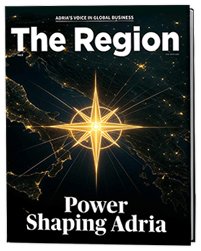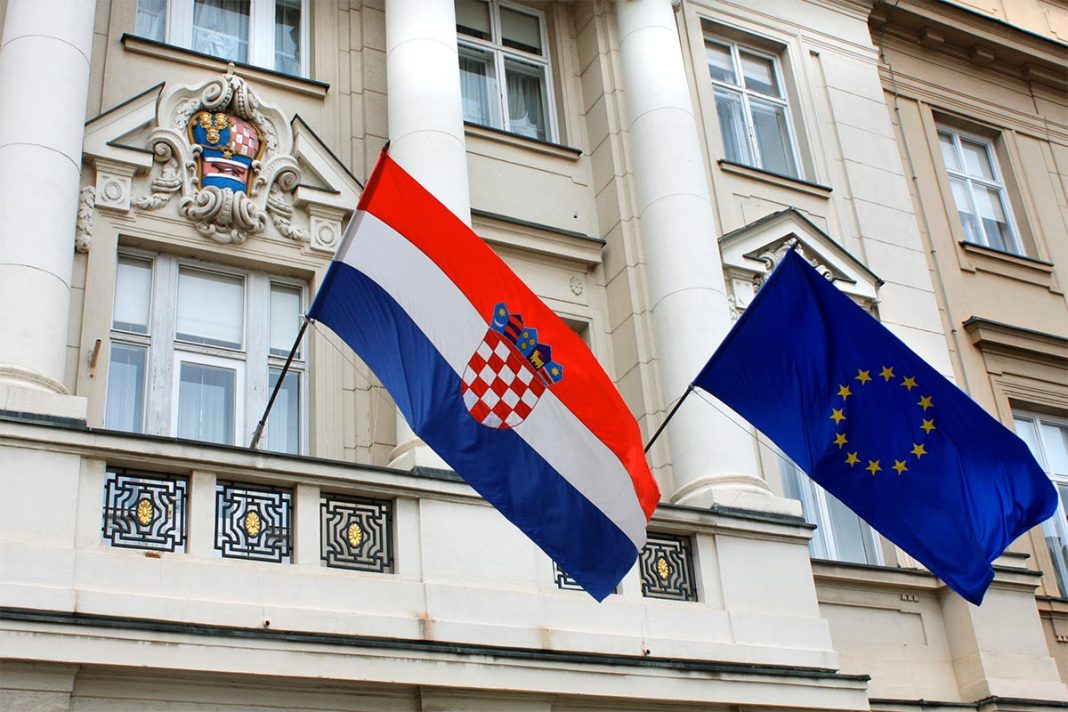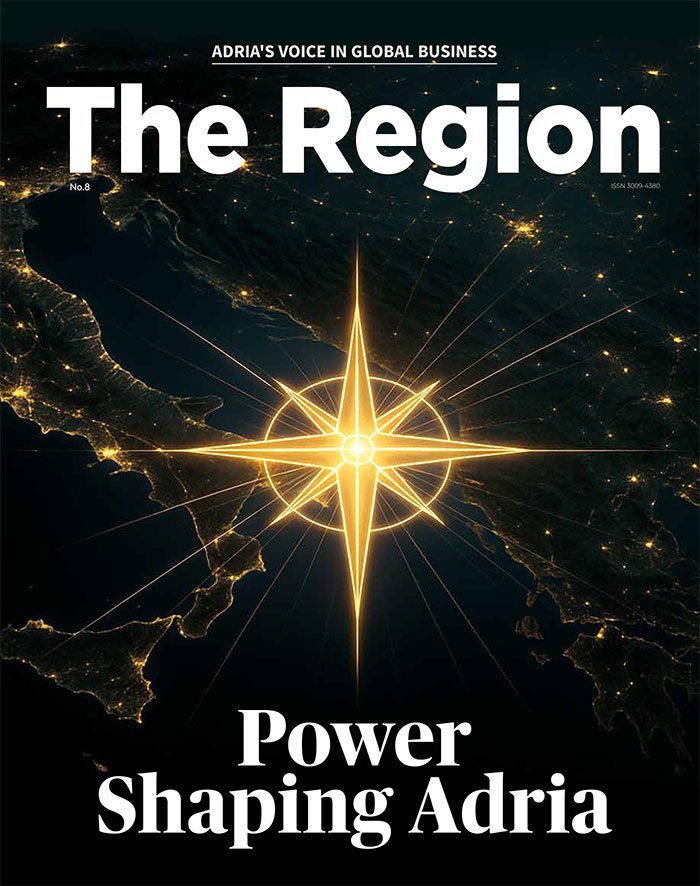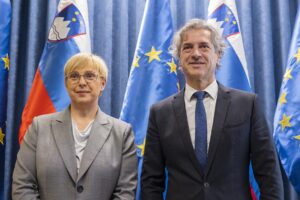Croatia has officially submitted its seventh payment request under the EU’s Recovery and Resilience Facility, seeking €1.07 billion—its largest single tranche since joining the European Union. The request follows the successful fulfilment of 53 reform and investment targets from the national Recovery and Resilience Plan. If approved, likely within two months, this payment would bring Croatia’s total EU recovery funding to €5.6 billion, out of the €6.3 billion allocated in grants.
With this move, Croatia has positioned itself among the top-performing EU member states in implementing the plan, joining Portugal and Italy as one of only three countries to reach the seventh request stage. The reforms and investments behind the request span key national priorities, including the development of 1,500 MW in additional renewable energy capacity—an urgent need given that Croatia currently generates just over a third of its electricity from renewables. The package also includes upgrades to high-voltage power networks, deeper exploration of geothermal energy potential, and the modernisation of transport management systems.
Significant emphasis has been placed on digitalising public services, from streamlining court processes through the eSpis platform to improving welfare system administration and expanding electronic public services. Additional investments target innovation commercialisation, entrepreneurship, and human capital development, particularly in health and community-based services.
Beyond national borders, Croatia’s continued progress in RRF implementation is raising the bar for the wider Adria region. While EU member states like Slovenia are also advancing through their recovery plans, many non-EU neighbours are still working through the earlier stages of accessing EU-backed instruments. Croatia’s performance underscores a growing funding and competitiveness gap in the region, reinforcing the need for stronger coordination between national strategies and EU investment tools.







